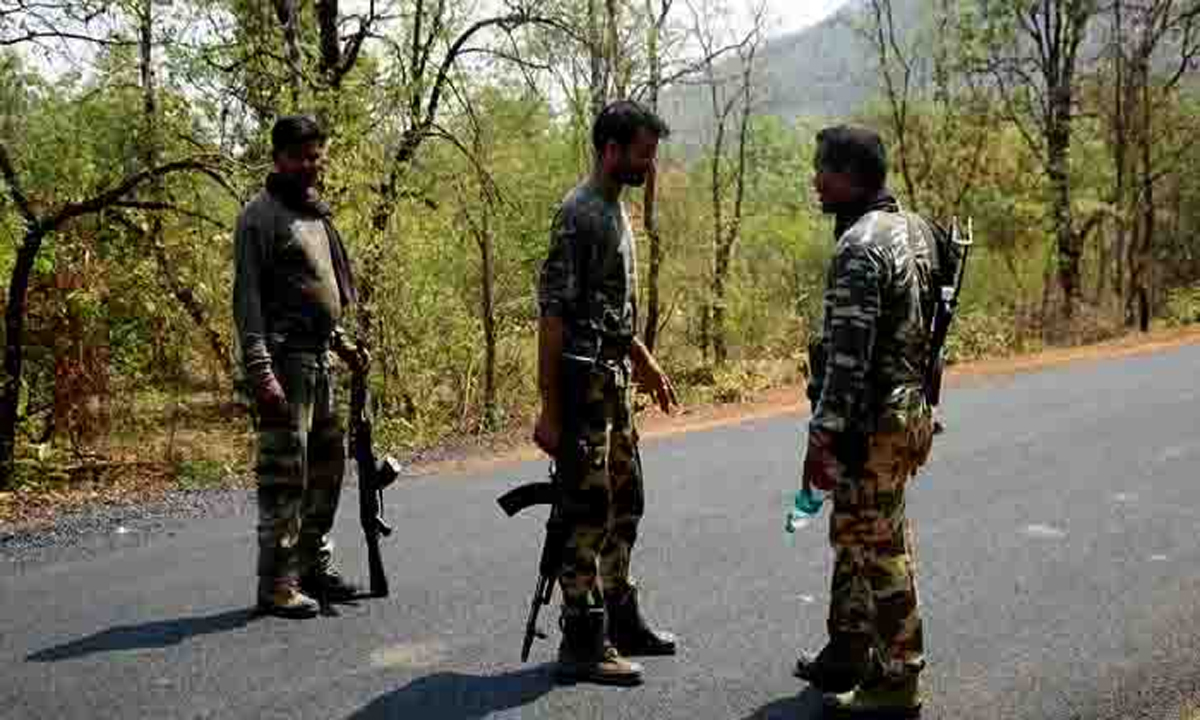Hyderabad: Tiger samples sent to CCMB and Meat Institute

Hyderabad: The forest department has sent the viscera samples of the tigress and the tiger found dead in Daregaon, Kagaznagar, to various institutions in the city for testing and is awaiting the report. In the case of the tigress, hair and other samples were sent to the Center de Cellular and Molecular Biology (CCMB) to determine the cause of death. On January 6, the tigress was found dead by a private forester. Although officials, after preliminary investigation, said that she might have died in a territorial fight with another tiger, they sent the hair sample found in the tigress’s mouth to the CCMB for further investigation. , Additionally, viscera samples of the male tiger, which was found dead on January 8, were sent to Carney’s testing institute for further testing. Initial observations from officials indicate that the tiger may have died due to poisoning. Once the toxicology information is given to the department, all the details of the chemical substances, toxins or poisons used can be known. So normally, it takes one to two weeks to collect these reports and deliver them to the department, said a senior forest department official. There are more tiger deaths in Kawal than in Amrabad sanctuary. Kawal and Amrabad tiger reserves are the two most important reserves of the state. However, more deaths of tigers have been recorded in the Reserva de Tigres de Amrabad (ATR) than the Reserva de Tigres de Kawal (KTR) due to various reasons. Unlike ATR, which has more hilly terrain, KTR has hilly terrain. In many areas within the KTR limits, people cultivate land and also have residences in the centre. During migration, tigers attack cattle near agricultural areas and do not come close to the local population, an official said. Compared to KTR, the extent of land cultivated by people under the jurisdiction of ATR is smaller and restricted to a few areas. Although some Chenchus live in the central region of the ATR, they are not dedicated to extensive farming. The official said, wild animals easily cross the Krishna river from ATR to reach Andhra Pradesh border. Recommendations for ATR and KTR from NTCA The Management Effectiveness Evaluation Team (MEE) of the National Authority for Tiger Conservation, which inspected both ATR and KTR in November 2022, had made some recommendations to the forest department of Telangana to take effective conservation measures. Among some of the recommendations, the MEE team had suggested setting up a Special Force for Tiger Conservation (STPF) with 112 strength in each unit in both ATR and KTR, as was being done in Maharashtra. The team also wanted the Forest Department to explore the possibility of increasing the number of base camps in both the Tigress Reserves in view of the contiguous areas falling under the reserves. Further, the team had specifically suggested closure of one beedi leaf manufacturing unit in KTR to reduce the pressure on habitat. Though measures were initiated to close the beedi leaf unit and transfer it to villagers in the central areas of KTR, setting up the STPF was not financially viable, officials said. To begin with, the syndicalist government allocated some funds for setting up the STPF, but maintaining them annually was a financial burden for the department. The maintenance of STPF includes salaries of personnel, arms and ammunition, fuel and repairs of vehicles etc., the official said. “Except a few states like Maharashtra and others, most do not show interest in STPF citing financial implications,” he said.





